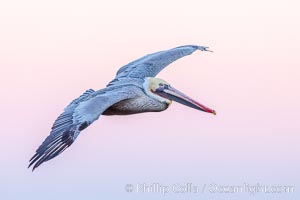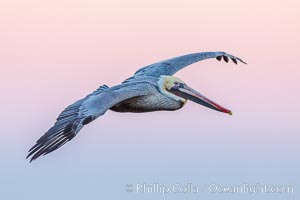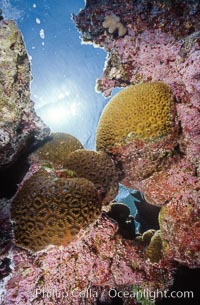
Pink Porolithon Coralline Algae, Rose Atoll.
Location: Rose Atoll National Wildlife Sanctuary, American Samoa
Image ID: 00739
Location: Rose Atoll National Wildlife Sanctuary, American Samoa
Image ID: 00739
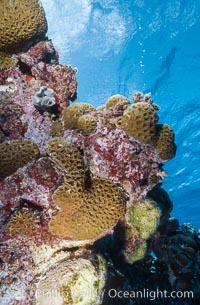
Pink Porolithon Coralline Algae, Rose Atoll.
Location: Rose Atoll National Wildlife Sanctuary, American Samoa
Image ID: 00740
Location: Rose Atoll National Wildlife Sanctuary, American Samoa
Image ID: 00740
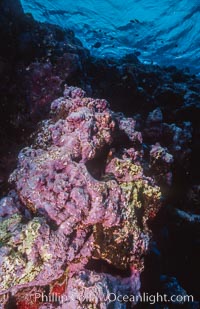
Pink Porolithon Coralline Algae, Rose Atoll.
Location: Rose Atoll National Wildlife Sanctuary, American Samoa
Image ID: 00761
Location: Rose Atoll National Wildlife Sanctuary, American Samoa
Image ID: 00761
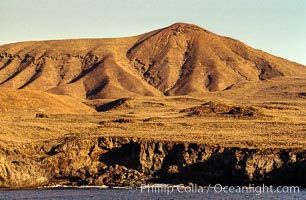
Island geology, near Abalone Point, Guadalupe Island, Mexico.
Location: Guadalupe Island (Isla Guadalupe), Baja California, Mexico
Image ID: 36233
Location: Guadalupe Island (Isla Guadalupe), Baja California, Mexico
Image ID: 36233
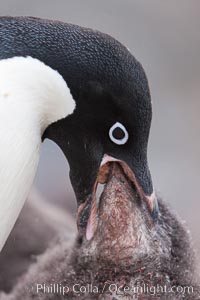
Adelie penguin, adult feeding chick by regurgitating partially digested food into the chick's mouth. The pink food bolus, probably consisting of krill and marine invertebrates, can be seen being between the adult and chick's beaks.
Species: Adelie penguin, Pygoscelis adeliae
Location: Shingle Cove, Coronation Island, South Orkney Islands, Southern Ocean
Image ID: 25008
Species: Adelie penguin, Pygoscelis adeliae
Location: Shingle Cove, Coronation Island, South Orkney Islands, Southern Ocean
Image ID: 25008
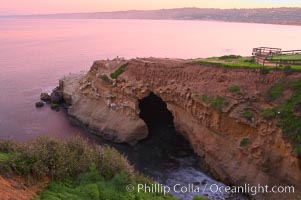
A large natural sea cave lies below a sandstone bluff in La Jolla at sunrise with a pink sky, Black's Beach in the distant.
Location: La Jolla, California
Image ID: 20250
Location: La Jolla, California
Image ID: 20250
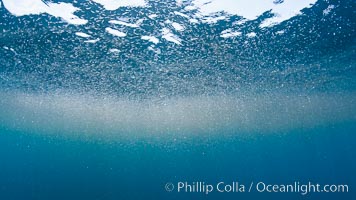
Krill. Likely Euphausia pacifica. A thin cloud of pink krill gathers at the ocean surface, where it is likely to be preyed upon by sharks, fish, birds and whales.
Location: San Diego, California
Image ID: 27015
Location: San Diego, California
Image ID: 27015
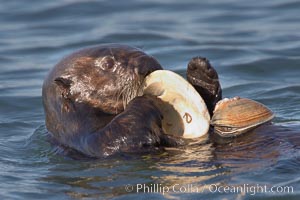
A sea otter eats a clam that it has taken from the shallow sandy bottom of Elkhorn Slough. Because sea otters have such a high metabolic rate, they eat up to 30% of their body weight each day in the form of clams, mussels, urchins, crabs and abalone. Sea otters are the only known tool-using marine mammal, using a stone or old shell to open the shells of their prey as they float on their backs.
Species: Sea otter, Enhydra lutris
Location: Elkhorn Slough National Estuarine Research Reserve, Moss Landing, California
Image ID: 21609
Species: Sea otter, Enhydra lutris
Location: Elkhorn Slough National Estuarine Research Reserve, Moss Landing, California
Image ID: 21609
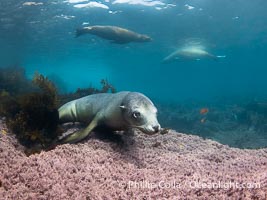
Female California sea lion laying on pink marine algae, Coronado Islands, Mexico.
Species: California sea lion, Zalophus californianus
Location: Coronado Islands (Islas Coronado), Baja California, Mexico
Image ID: 39765
Species: California sea lion, Zalophus californianus
Location: Coronado Islands (Islas Coronado), Baja California, Mexico
Image ID: 39765
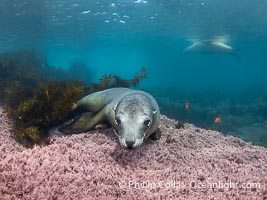
Female California sea lion laying on pink marine algae, Coronado Islands, Mexico.
Species: California sea lion, Zalophus californianus
Location: Coronado Islands (Islas Coronado), Baja California, Mexico
Image ID: 39766
Species: California sea lion, Zalophus californianus
Location: Coronado Islands (Islas Coronado), Baja California, Mexico
Image ID: 39766
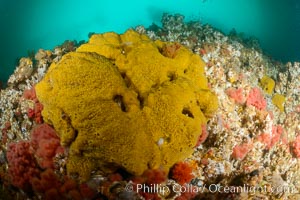
Colorful Metridium anemones, pink Gersemia soft corals, yellow suphur sponges cover the rocky reef in a kelp forest near Vancouver Island and the Queen Charlotte Strait. Strong currents bring nutrients to the invertebrate life clinging to the rocks.
Species: Bread crumb sponge, Pink soft coral, Gersemia rubiformis, Halichondria panicea
Location: British Columbia, Canada
Image ID: 34460
Species: Bread crumb sponge, Pink soft coral, Gersemia rubiformis, Halichondria panicea
Location: British Columbia, Canada
Image ID: 34460
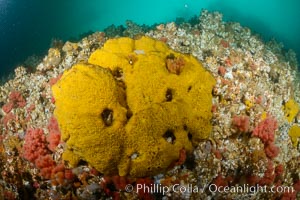
Colorful Metridium anemones, pink Gersemia soft corals, yellow suphur sponges cover the rocky reef in a kelp forest near Vancouver Island and the Queen Charlotte Strait. Strong currents bring nutrients to the invertebrate life clinging to the rocks.
Species: Bread crumb sponge, Pink soft coral, Gersemia rubiformis, Halichondria panicea
Location: British Columbia, Canada
Image ID: 34461
Species: Bread crumb sponge, Pink soft coral, Gersemia rubiformis, Halichondria panicea
Location: British Columbia, Canada
Image ID: 34461
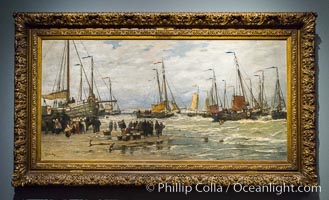
Fishing Pinks in Breaking Waves, Hendrik Willem Mesdag, c. 1875 - c. 1885, oil paint, h 90cm x w 181cm x w 41.8kg.
Location: Rijksmuseum, Amsterdam, Holland, Netherlands
Image ID: 29472
Location: Rijksmuseum, Amsterdam, Holland, Netherlands
Image ID: 29472
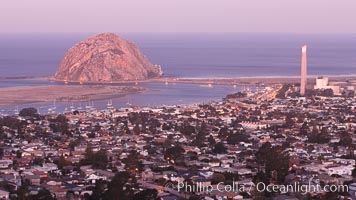
Morro Rock and Morro Bay, in pink pre-sunrise light.
Location: Morro Bay, California
Image ID: 22212
Location: Morro Bay, California
Image ID: 22212
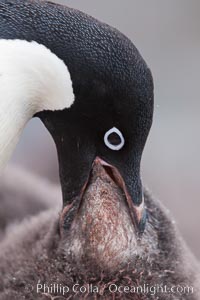
Adelie penguin, adult feeding chick by regurgitating partially digested food into the chick's mouth. The pink food bolus, probably consisting of krill and marine invertebrates, can be seen being between the adult and chick's beaks.
Species: Adelie penguin, Pygoscelis adeliae
Location: Shingle Cove, Coronation Island, South Orkney Islands, Southern Ocean
Image ID: 25073
Species: Adelie penguin, Pygoscelis adeliae
Location: Shingle Cove, Coronation Island, South Orkney Islands, Southern Ocean
Image ID: 25073
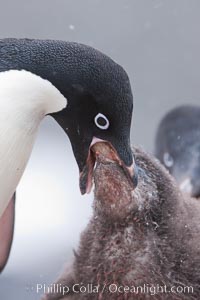
Adelie penguin, adult feeding chick by regurgitating partially digested food into the chick's mouth. The pink food bolus, probably consisting of krill and marine invertebrates, can be seen being between the adult and chick's beaks.
Species: Adelie penguin, Pygoscelis adeliae
Location: Shingle Cove, Coronation Island, South Orkney Islands, Southern Ocean
Image ID: 25170
Species: Adelie penguin, Pygoscelis adeliae
Location: Shingle Cove, Coronation Island, South Orkney Islands, Southern Ocean
Image ID: 25170
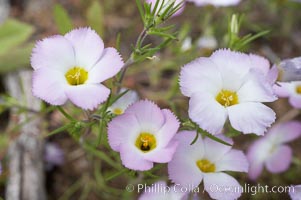
Ground pink blooms in spring, Batiquitos Lagoon, Carlsbad.
Species: Ground pink, Linanthus dianthiflorus
Location: Batiquitos Lagoon, Carlsbad, California
Image ID: 11486
Species: Ground pink, Linanthus dianthiflorus
Location: Batiquitos Lagoon, Carlsbad, California
Image ID: 11486
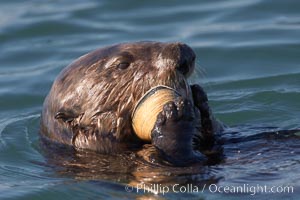
A sea otter eats a clam that it has taken from the shallow sandy bottom of Elkhorn Slough. Because sea otters have such a high metabolic rate, they eat up to 30% of their body weight each day in the form of clams, mussels, urchins, crabs and abalone. Sea otters are the only known tool-using marine mammal, using a stone or old shell to open the shells of their prey as they float on their backs.
Species: Sea otter, Enhydra lutris
Location: Elkhorn Slough National Estuarine Research Reserve, Moss Landing, California
Image ID: 21622
Species: Sea otter, Enhydra lutris
Location: Elkhorn Slough National Estuarine Research Reserve, Moss Landing, California
Image ID: 21622
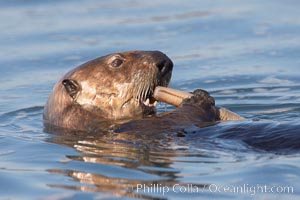
A sea otter eats a clam that it has taken from the shallow sandy bottom of Elkhorn Slough. Because sea otters have such a high metabolic rate, they eat up to 30% of their body weight each day in the form of clams, mussels, urchins, crabs and abalone. Sea otters are the only known tool-using marine mammal, using a stone or old shell to open the shells of their prey as they float on their backs.
Species: Sea otter, Enhydra lutris
Location: Elkhorn Slough National Estuarine Research Reserve, Moss Landing, California
Image ID: 21640
Species: Sea otter, Enhydra lutris
Location: Elkhorn Slough National Estuarine Research Reserve, Moss Landing, California
Image ID: 21640
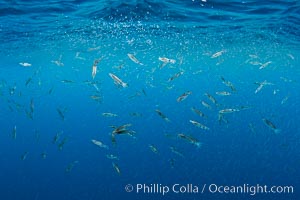
Krill and squid school at the ocean surface, moments before blue and fin whales rise to the surface to feed. The krill is likely Euphausia pacifica, the squid are likely Loligo opalescens. A thin cloud of pink krill gathers at the ocean surface, where it is likely to be preyed upon by sharks, fish, birds and whales.
Species: Common squid, Krill, Euphausia pacifica, Loligo opalescens
Location: San Diego, California
Image ID: 27152
Species: Common squid, Krill, Euphausia pacifica, Loligo opalescens
Location: San Diego, California
Image ID: 27152
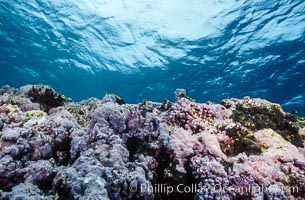
Pink Porolithon Coralline Algae, Rose Atoll.
Location: Rose Atoll National Wildlife Sanctuary, American Samoa
Image ID: 00762
Location: Rose Atoll National Wildlife Sanctuary, American Samoa
Image ID: 00762
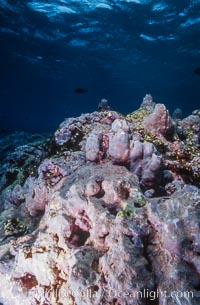
Pink Porolithon Coralline Algae, Rose Atoll.
Location: Rose Atoll National Wildlife Sanctuary, American Samoa
Image ID: 00763
Location: Rose Atoll National Wildlife Sanctuary, American Samoa
Image ID: 00763
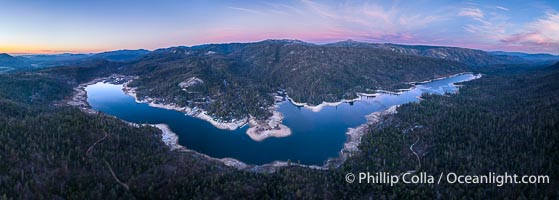
Spectacular pink sunset over Bass Lake viewed from the top of Goat Mountain, aerial panoramic photo.
Location: Bass Lake, California
Image ID: 39994
Panorama dimensions: 5305 x 14824
Location: Bass Lake, California
Image ID: 39994
Panorama dimensions: 5305 x 14824
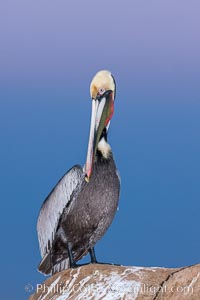
California brown pelican, portrait in pink-purple predawn light, rests on sandstone seabluff. The characteristic mating plumage of the California race of brown pelican is shown, with red gular throat pouch and dark brown hindneck colors.
Species: Brown pelican, Pelecanus occidentalis, Pelecanus occidentalis californicus
Location: La Jolla, California
Image ID: 23663
Species: Brown pelican, Pelecanus occidentalis, Pelecanus occidentalis californicus
Location: La Jolla, California
Image ID: 23663
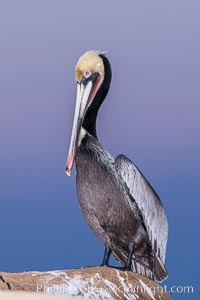
California brown pelican, portrait in pink-purple predawn light, rests on sandstone seabluff. The characteristic mating plumage of the California race of brown pelican is shown, with red gular throat pouch and dark brown hindneck colors.
Species: Brown Pelican, Pelecanus occidentalis, Pelecanus occidentalis californicus
Location: La Jolla, California
Image ID: 23664
Species: Brown Pelican, Pelecanus occidentalis, Pelecanus occidentalis californicus
Location: La Jolla, California
Image ID: 23664
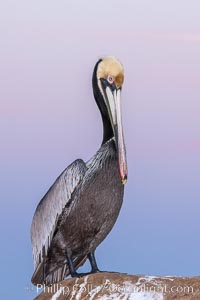
California brown pelican, portrait in pink-purple predawn light, rests on sandstone seabluff. The characteristic mating plumage of the California race of brown pelican is shown, with red gular throat pouch and dark brown hindneck colors.
Species: Brown Pelican, Pelecanus occidentalis, Pelecanus occidentalis californicus
Location: La Jolla, California
Image ID: 23665
Species: Brown Pelican, Pelecanus occidentalis, Pelecanus occidentalis californicus
Location: La Jolla, California
Image ID: 23665
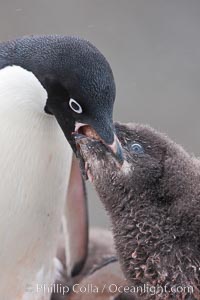
Adelie penguin, adult feeding chick by regurgitating partially digested food into the chick's mouth. The pink food bolus, probably consisting of krill and marine invertebrates, can be seen being between the adult and chick's beaks.
Species: Adelie penguin, Pygoscelis adeliae
Location: Shingle Cove, Coronation Island, South Orkney Islands, Southern Ocean
Image ID: 25072
Species: Adelie penguin, Pygoscelis adeliae
Location: Shingle Cove, Coronation Island, South Orkney Islands, Southern Ocean
Image ID: 25072
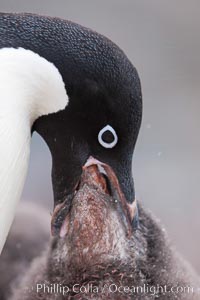
Adelie penguin, adult feeding chick by regurgitating partially digested food into the chick's mouth. The pink food bolus, probably consisting of krill and marine invertebrates, can be seen being between the adult and chick's beaks.
Species: Adelie penguin, Pygoscelis adeliae
Location: Shingle Cove, Coronation Island, South Orkney Islands, Southern Ocean
Image ID: 25169
Species: Adelie penguin, Pygoscelis adeliae
Location: Shingle Cove, Coronation Island, South Orkney Islands, Southern Ocean
Image ID: 25169
